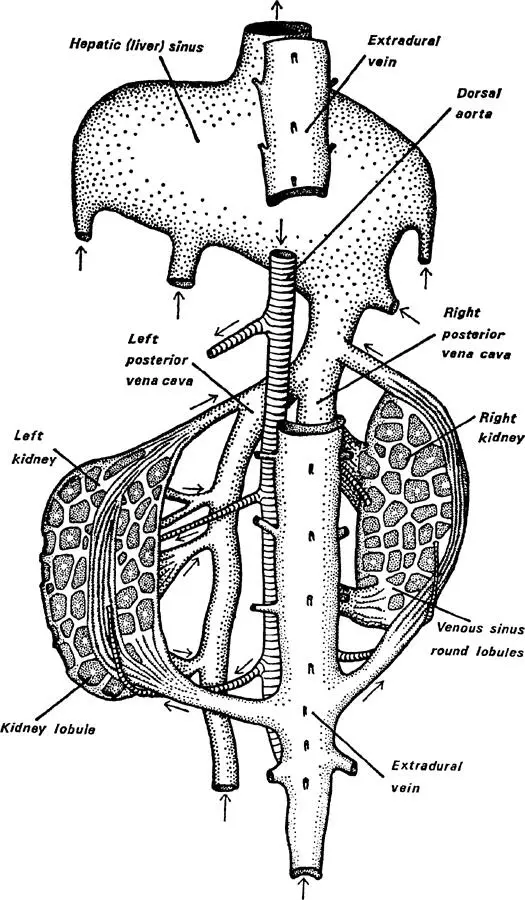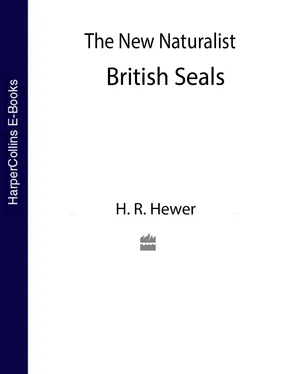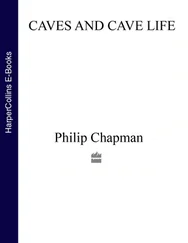FIG. 5. Bradycardia in seal, porpoise and manatee. These are representatives of the three groups of truly marine mammals, the manatee, a surface feeder on seaweeds, being the least modified for diving. The seal immediately responds to diving by reducing heart activity, having expelled all the air from the lungs, while the porpoise, retaining air in the lungs, reduces the heart-beat rate only slowly. ( Redrawn from Irving, Scholander and Grinell, 1941 )
But all these modifications tend to show that the blood is not the continuing source of oxygen during active diving. This is confirmed by two other facts; firstly the red blood cell count (the number of red blood cells per unit volume) is nothing out of the way, about 5–6 million (cf. human 4–5 million), and secondly that the amount of haemoglobin in a unit volume is not very high either, about 1.2 compared to the standard in man of 1.0. If this is all true, then how do seals manage to respire in their tissues during diving?
Part of the answer lies in another pigment known as myoglobin because it is present in muscle. Here we find an enormous difference from the normal and we hardly need figures to show it. Myoglobin is also coloured though not so deeply as haemoglobin and it gives the normal pink colour to muscle meat. In the Pinnipedia the muscle is almost black in colour, certainly very deep red. Those who remember the whale meat which was available after the second world war will recognise that Cetaceans too have a very high myoglobin content. To both of these groups then part of the answer is the ability to store oxygen attached to the myoglobin on the site where it is required for the respiration of the active muscle cells.
There is also evidence that these animals can run into oxygen debt, particularly in respect of metabolising the waste products, which are normally toxic if allowed to accumulate without treatment. This adaptation is not so extraordinary as it sounds, for it is known that, in humans, when slow starvation is prolonged and the organism begins to live on its muscle protein (autolysis of the muscle) a level of waste nitrogen products can build up to many times the normally lethal concentration. In these diving mammals this ability has become normal rather than a pathological occurrence. On return to the surface the repeated inhalations and exhalations rapidly restore the oxygen balance.

FIG. 6. Kidneys and posterior vena cava, showing the extra storage space in the blood sinuses. This is a view from above, the vertebral column and nerve cord being omitted. Part of the extradural vein is also omitted so as to allow the junction of the right and left branches of the posterior vena cava to be seen, with its continuation into the huge hepatic (liver) sinus. Arrows indicate the direction of the blood flow. ( Redrawn and somewhat modified from Harrison and Tomlinson, 1956 ) X 
So atypic of mammals is the environment of the pinnipedes that speculation as to the value of their principal sense organs must come to mind. Not a great deal has been found out but Harrison, working on captive common seals, has contributed some useful basic information. He finds that the eyes are well adapted for night vision or for murky water but this is associated with short-sightedness. The Weddell seal, however, avoids this myopia by having a slit pupil. Their effectiveness must therefore be strictly limited particularly in those species which live and feed through the polar winter. Auditory and touch stimuli are well received, the latter being particularly relevant to the well-developed vibrissae on the muzzle which have very large nerves running from them to the brain. Water being an incompressible medium is excellent for the transmission of sound waves, so that sensitivity to auditory stimuli is to be expected. My own impression is that grey seals are more sensitive to sounds in the higher frequency range than those in the lower. Phoca and Zalopus both have good hearing in the upper range. It is possible that they can hear sounds which, to man, are ultrasonic but this has not been proved. Recent work has shown that many marine organisms make use of these higher frequencies and sensitivity to them may well be an advantage to carnivores in search of food. Harrison also found that the common seals have an excellent sense of orientation. This is obviously of great benefit to an animal making use of a three dimensional medium such as the sea. Anyone who has done any flying will know that man, although he has the necessary sense organs, has to learn how to use and interpret the stimuli received.
In discussing the characteristics of the Pinnipedia and comparing them with those of other marine mammalia it has been necessary to draw a distinction between the true, haired or earless seals on the one hand and the fur-seals and sea-lions or eared seals on the other. This is a very profound demarcation if we add the walrus to the second group. So clearly marked are these two groups that it is now thought that they had separate origins among the land carnivora, the true seals being derived from otter-like ancestors and the fur-seals and their relatives from bear-like forms. This can be expressed as shown at the top of See here.
The Otariidae are the least modified for marine existence. They retain a prominent external ear flap, there is an obvious neck region between the head and trunk, so that the body form is not perfectly streamlined or bobbin shaped, and their hind-limbs can be turned forward and used on land as feet. The pelvic region is also very obvious when they are on land. On the other hand the claws are much reduced either in numbers or size, and the flippers of both hind- and fore-limbs large and very well developed.
Their distribution is remarkable in that they are completely missing from the north Atlantic while present in all other oceans. Moreover, of the 12 species, 9 occur in the southern waters of the Atlantic, Indian and Pacific Oceans (including the circumpolar antarctic seas), 1 in sub-tropical Pacific waters and 2 in northern waters of the Pacific. Although this suggests that the family is southern in origin, palaeozoogeographical evidence (McLaren 1960) points to a north Pacific origin and that they evolved from a littoral canoid of bear-like appearance along the north-western coasts of North America, some time before the upper middle Miocene when their first fossils appear. Weight is given to this by the presence of the other ursine derivative, the walrus, in the circumpolar seas of the arctic. There are two sub-families: the Otariinae or sea-lions (with 5 species) and the Arctocephalinae or fur-seals (with 7 species). (See Appendix A, See here.)
The Odobaenidae contain two species, *one Pacific and one Atlantic, both in arctic waters. It is probably better to consider them as sub-species of the one species: Odobenus rosmarus. Like the Otariidae they still retain hind flippers which can be used as feet, but they have become greatly modified in other respects. They are specialised feeders on shell fish; the tusks are used for digging the bivalves out of sand or mud and then the flattened molars crush them †. In the males the tusks are particularly well developed and used for fighting as well. Unlike the members of both the other families the walrus is almost hairless although the vibrissae on the muzzle are well developed as tactile organs. Although they have been hunted for many years and almost exterminated, they are now protected and some study is being made of their habits. The Atlantic form breeds on some of the Canadian islands and occasionally an immature individual is reported on the British coast.
Читать дальше














